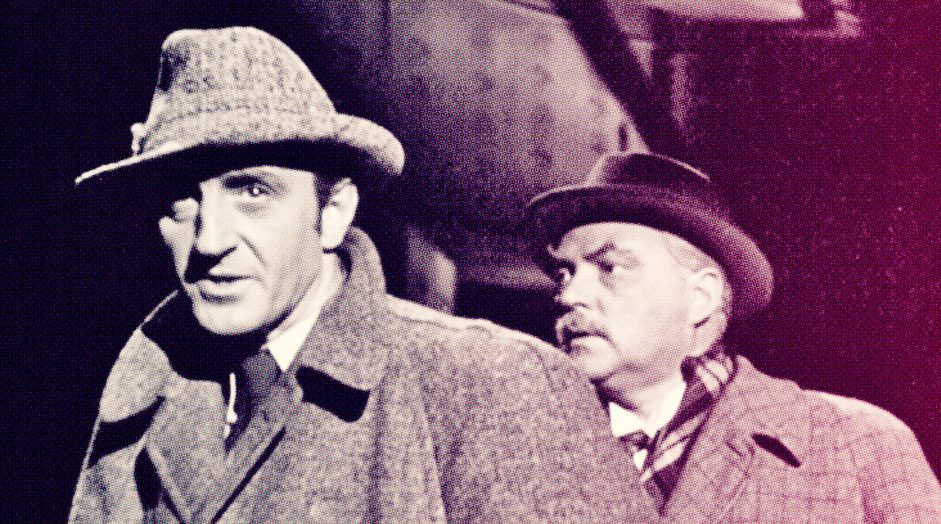A Case of Persuasion
As a professional, how do you prove you can really solve your client’s biggest challenges?
If you’re a doctor, the answer is simple. You buy a practice on Harley Street and use that as a brand. If you’re a lawyer you can join a “Magic Circle “ law firm and rely on that. People will assume you didn’t get there without being good.
But for most other types of organizations, you have to tell stories of success. You have to relate a handful of case histories, ones where your talents as a consultant or collectively as a problem solving organization, added incomparable value to a client.
This requires two types of related skill. First being able to write well – concisely and engagingly.
The second, and perhaps less obvious skill is being able to remember what those stories are.
Organizations have an amazing habit of forgetting some of the best stuff they’ve done. A kind of corporate Alzheimer’s. They sometimes make up nonsense and bluster to cover up, and more often than not, the result is just dull.

